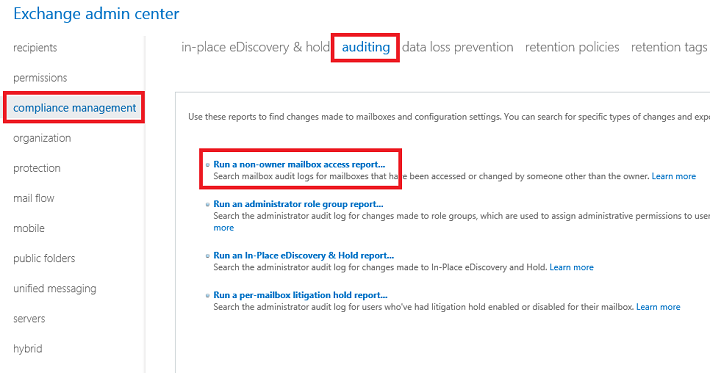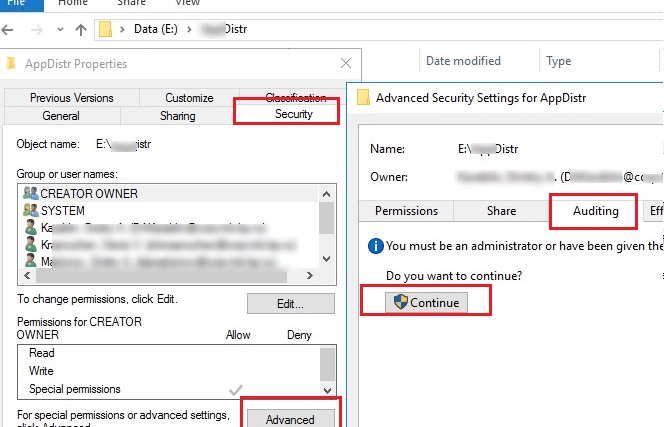

Using Lepide Exchange Online (Office 365) Auditor to Audit Mailbox Access and Changes You do not have dedicated reports that can be generated in real-time to track permissions, role, mail contact, groups, public folders, remote domain and unified messaging. Pre-defined reports are also not available in the native auditing method, which can make it difficult to focus on a particular object or operation. Sometimes users can find it difficult to enable auditing for Exchange Online mailboxes via PowerShell, especially when encountered with an error that needs to be overcome. Get-mailbox | select UserPrincipalName, auditenabled, AuditDelegate, AuditAdmin Figure 4: Office 365 mailboxes with audit enabled AuditEnabled property’s “True” value confirms that you have successfully enabled mailbox audit logging. To confirm whether you have successfully enabled the audit or not, you have to run the “Get-Mailbox” command. Step 3- Confirm Whether the Audit Has been Enabled or Not Get-Mailbox -ResultSize Unlimited -Filter | Set-Mailbox -AuditEnabled $true Use the following command to enable mailbox audit logging for all the user mailboxes in your organization. Set-Mailbox -Identity "Lahuara1" -AuditEnabled $true This example enables mailbox audit logging for user Lahuara1’s mailbox. Get-Mailbox Figure 3: List of all Office 365 mailboxes Step 2 – Enable Office 365 User Mailbox AuditingĪfter you have connected to your Exchange Online, the next step is to enable mailbox audit logging for a particular mailbox, or for all the mailboxes in your organization. Next, execute the following command Import-PSSession $SessionĮxecute the following command to confirm that you have connected to Exchange Online organization, and to get a list of all the mailboxes in your organization. Figure 1: Windows PowerShell Credential Request WindowĮxecute the following command $Session = New-PSSession –ConfigurationName Microsoft.Exchange –ConnectionUri -Credential $UserCredential –Authentication Basic –AllowRedirection Figure 2: Windows PowerShell Command

Enter username and password of a Global Admin Account of Office 365, and click OK.

The dialog box requesting for credentials of Office 365 appears on the screen. Launch Windows PowerShell on your computer as an administrator, and run the following command to connect to Exchange Online (Office 365) $UserCredential = Get-Credential It is a three-step process to enable auditing: Step 1- Connect to Exchange Online using Windows PowerShell Steps to Enable Auditing for Exchange Online (Office 365)


 0 kommentar(er)
0 kommentar(er)
